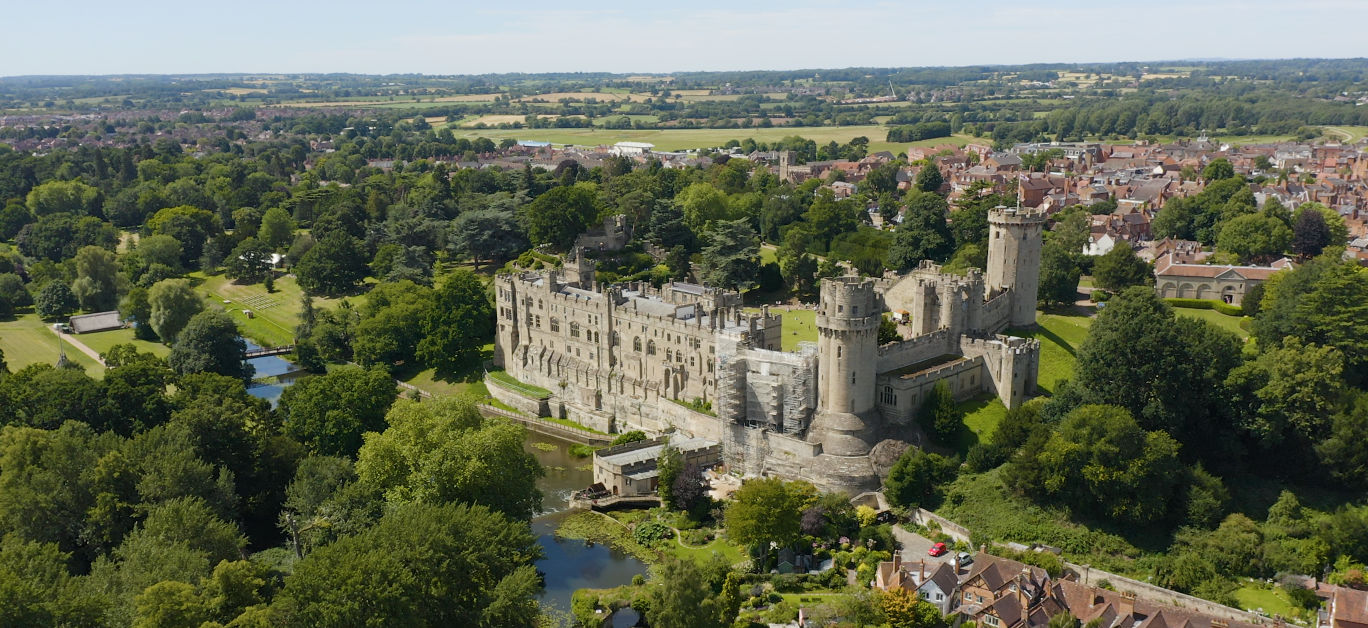Most would consider Warwick Castle to be the finest crowning jewel of Warwickshire, but within the walls of Warwick’s medieval market town and its neighbour, Kenilworth, there’s an underlying activity that gives this county a certain sense of je ne sais quoi.
One can see this from the modest pubs, whose warming environments are the definition of great hospitality, to Michelin-starred restaurants, who make magic from ordinary ingredients. With many manor house and castle hotels and sites, from ancient castles to serene parklands, travellers will find unexpected pleasures in Warwickshire that’ll give Warwick Castle a run for its money.
Where to stay
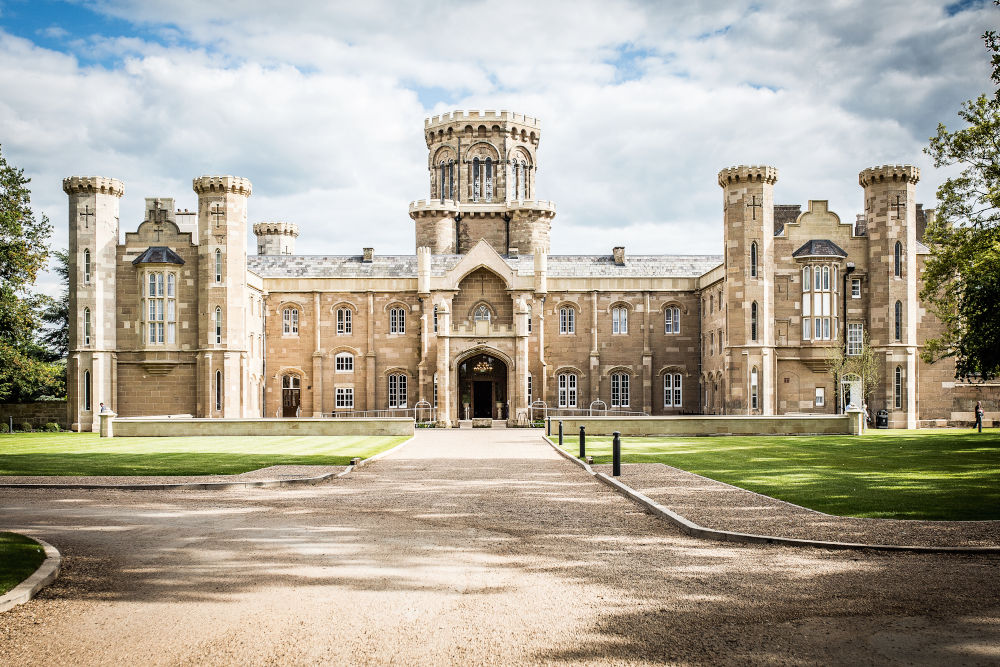
Warwick was founded by Æthelflæd – King Alfred the Great’s daughter – and Kenilworth’s timeline was shaped by some of the most remarkable characters in English history, including Henry V and Queen Elizabeth I. Considering both locations’ royal patronage, finding a place to stay needs to maintain this prestige.
For a night spent within a castle’s parapets, Studley Castle Hotel effortlessly blends over 180 years of history with modern luxuries. Should one want a clearer idea of castle life, archery lessons can also be arranged.
Karma Salford Hall Hotel dates back 700 years, with a timeline that stars Benedictine Monks and Henry VIII, meaning it has long been a place for celebrating, hosting, and drinking. Its magnificently-preserved Tudor frame brings these traditions to you in style while the library, 32 period-style bedrooms, a games room, and low-lighting bar add a modern flair to the notion of hospitality.
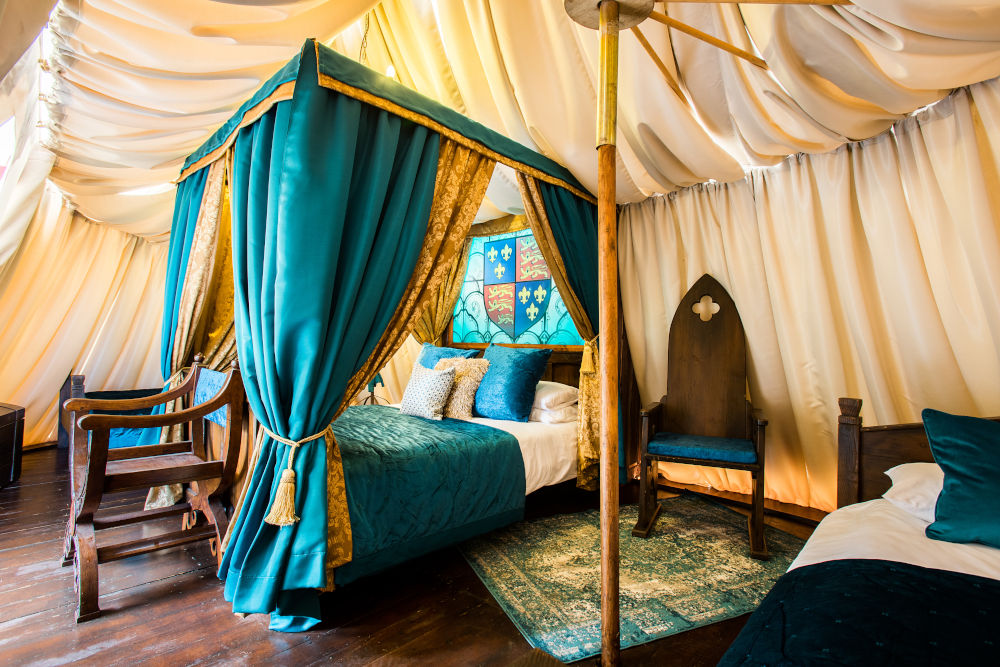
Set within 65 acres of countryside, Mercure Warwickshire Walton Hall Hotel and Spa is the place to unwind. Not only are there great walks to reconnect with nature, but the spa also offers treatment and facials that’ll convince you that you’ve died and gone to heaven. The food has a similar effect on its guests!
Within Warwick’s centre is Warwick Castle that has several unique stay experiences. Do you wish to sleep in the castle’s 14th century tower suites, which are extravagantly decked out with four-poster beds, high-vaulted ceilings, and stunning tapestries? Included with this stay is complimentary breakfast, concierge service, and a private tour of the castle. Alternatively, opt for a lodge or one of their medieval-themed glamping tents in the Knight’s Village.
Lastly, Coombe Abbey is just outside Warwick and another excellent option for those who are fans of period drama. The Gothic Revival mansion looks like the perfect setting for a Jane Austen novel, and its 119 bedrooms is wonderfully spacious with grand furnishings. The sparkling and gin afternoon tea experience allows guess to indulge with scrumptious cakes and a glass of bubbly at the same time.
Where to eat

On top of the excellent restaurants at the above hotels, there are several places in Warwick and Kenilworth that foodies must visit.
There are many reasons to visit Stoneleigh Abbey, not least of all because it is an exquisite country house with ties to Jane Austen, Queen Victoria, and King Charles I. The charismatic tour guide will give you this history in a rather entertaining manner, leaving you parched from laughter. The Tea Room, overlooking expansive grounds designed by Humphry Repton, is the perfect remedy for this, serving delicious afternoon teas bearing the names of Elizabeth Bennet’s Tea and Bingley’s Cream Tea.
The Rose and Crown is no doubt beloved for its warm vibe, and it’s certainly a place where friends and family can meet knowing they’ll be well taken care of. Any pub that can make hummus served with crispy chickpeas and flatbread taste like an array of intoxicating flavours should be top of your list when visiting Warwick. The pub also has 13 en-suite rooms, eight of which have a low carbon footprint by using LED lighting and solar power.
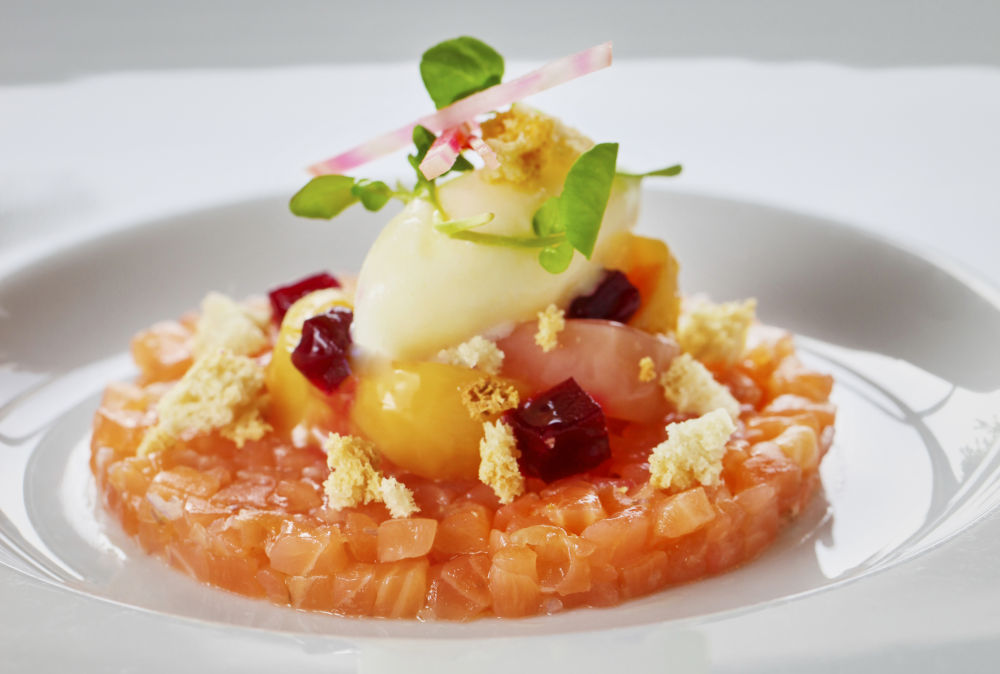
Other dining options in Warwick include Tailors which is a building that was originally a gentlemen’s tailor’s shop and is considered one of the best eateries in the Midlands. On Smith Street there’s The Roebuck Inn, which is an award-winning pub dating back to 1470. Lastly, The Art Kitchen is considered the best restaurant for Thai food, serving dishes that follow the traditions of the top restaurants in Bangkok.
Above the dining room’s entrance at The Cross at Kenilworth is a quote by Paul Bocuse: “Cooking is easy, you just need good ingredients, good seasoning, and the right cook – that’s it!” With executive chef Adam Bennett, at the helm, this quote perfectly sums up this restaurant. Combining Michelin-starred food with attentive hospitality, The Cross makes magic of normally mundane ingredients, which are sourced locally and as sustainably as possible. Who knew their sweetcorn velouté, served with grilled corn and wild rice, would have this author begging for another three bowls?
Where to visit
The Lord Leycester Hospital
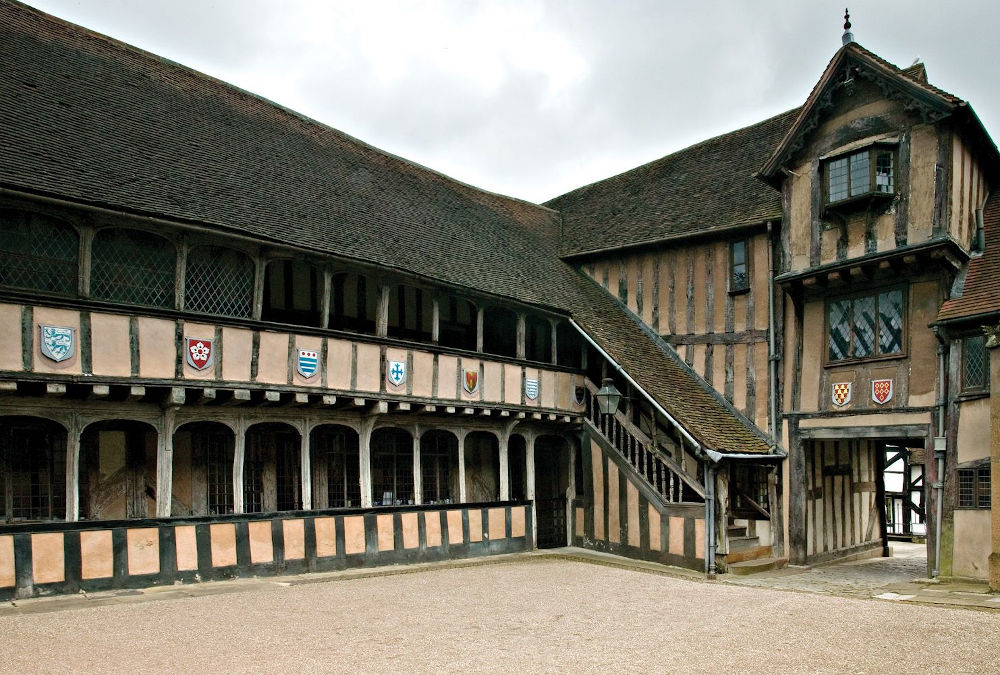
With its timber-framed façade, the Lord Leycester Hospital provides an insightful look into the military side of Tudor England. In 1571, the Earl of Leicester, Robert Dudley, turned the building into a refuge for wounded soldiers during the wars of the Elizabethan period. Beyond this, the hospital has one of the best-preserved medieval courtyard architectures in England and its garden is over 500 years old.
Market Hall Museum
This 17th century building is a treasure trove of Warwickshire’s local history and heritage. From the moment you walk into the museum, you’ll find the incredible remains of a giant Irish deer which was acquired by the Warwickshire Natural History and Archaeological Society in 1866 and the Warwickshire sea-dragon, known as the Wilmcote Plesiosaur. There’s plenty more history to devour including natural, built, and human influences that shaped this county.
Compton Verney
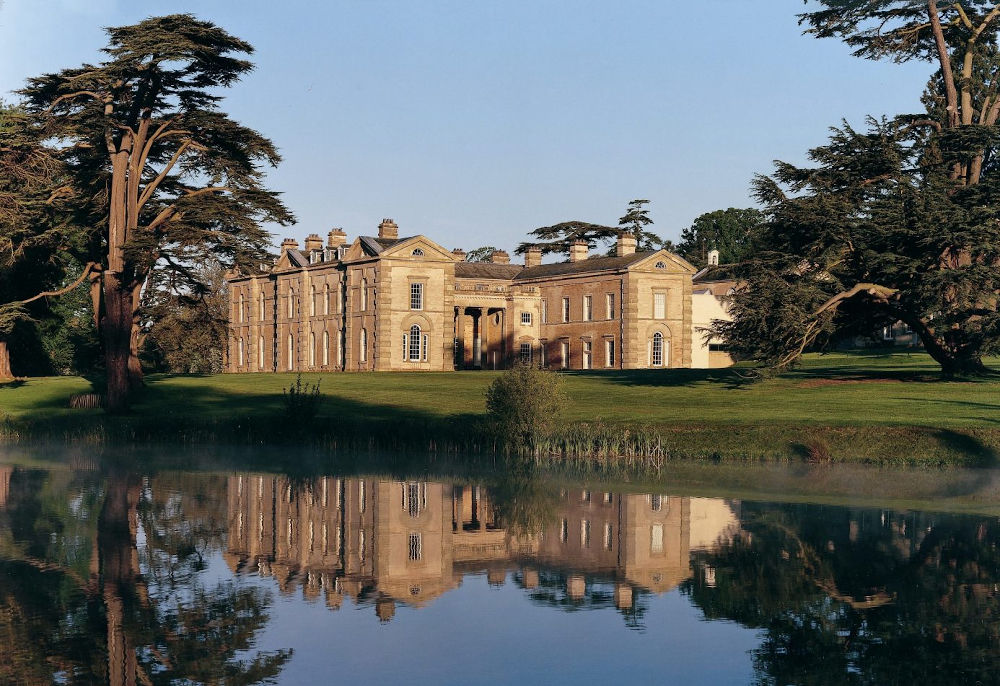
Set within 120 acres of parkland, Compton Verney is an 18th century, Grade I-listed mansion with landscape gardens designed by Capability Brown. Within these grounds, there’s something for everyone to enjoy, including a woodland play area, bird hide, picnic area and public footpaths. Within the building, enjoy the beautiful works of the six permanent art collections, including temporary exhibitions featuring the likes of John Nash.
Hill Close Gardens
Hill Close Gardens is a wonderful example of Victorian detached gardens. These were once popularly used by townspeople who lived above their businesses and had no outdoor space to grow fruit, vegetables, or flowers. Here, you can see 16 garden plots with a variety of designs featuring summerhouses, a Victorian-styled glasshouse, and more.
Kenilworth Castle
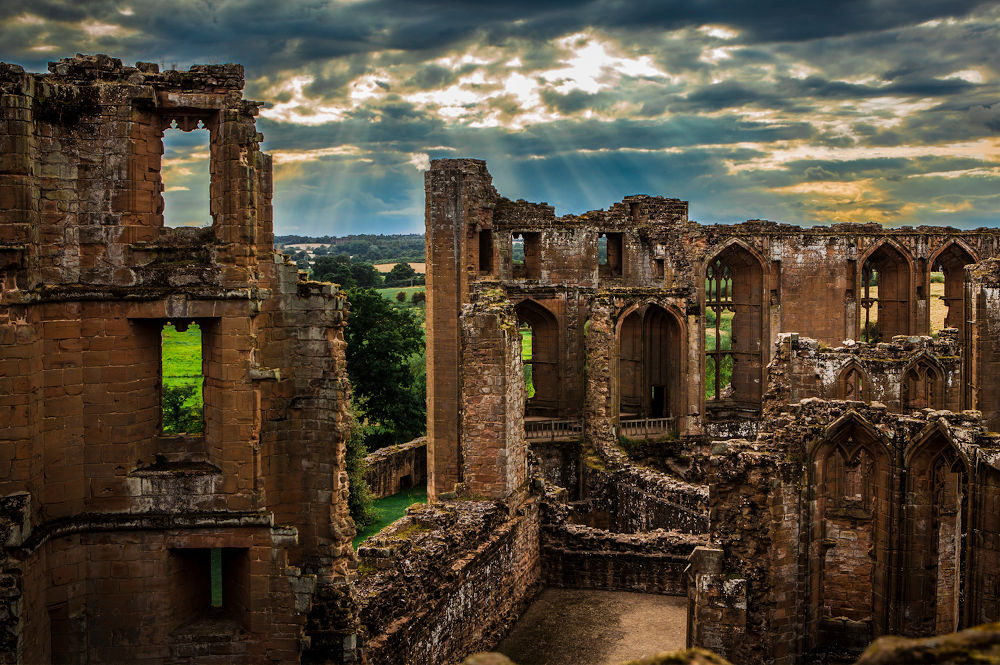
With its towering silhouettes of ruined walls and fragmented windows to immaculate flower displays, Kenilworth Castle is a paragon of authentic Elizabethan architecture and gardens. The castle itself has over 900 years of history, with contrasting roles as a medieval fortress in times of siege to a lavish palace owned by Robert Dudley, Earl of Leicester. Today, visitors can climb the towers for phenomenal country views, explore the gardens, visit the Great Hall, Castle Keep and Leicester’s Gatehouse.
Kenilworth Abbey Fields and St Mary Church
Opposite Kenilworth Castle is Abbey Fields which was once home to Augustinian canons living, worshipping, and working in the Abbey of St Mary. Only a few remains of the abbey can be seen outside the Church of St Nicholas, however there’s plenty of parkland walks and a large pond to give you a sense of the space and tranquillity the canons inhabited.
Warwick Castle
Situated on the banks of the River Avon, Warwick Castle has a wealth of fascinating history and fun entertainment. The castle was originally built by William the Conqueror, and later played an enormous part in the War of the Roses as the home of the Earl of Warwick, the Kingmaker. Today, one can be immersed in castle life by viewing the rooms, watching live entertainment like the birds of prey display, attempting the Horrible Histories Maze, and braving the castle dungeon.
Factbox
To learn more about attractions in the area go to visitwarwick.co.uk and visit.kenilworthweb.co.uk












